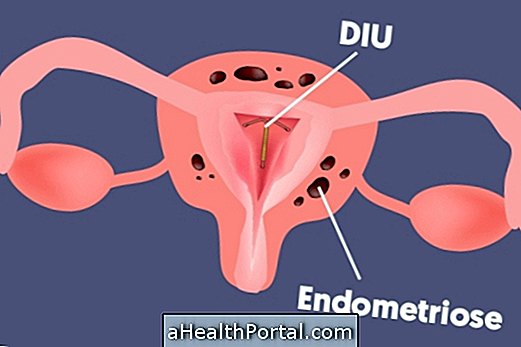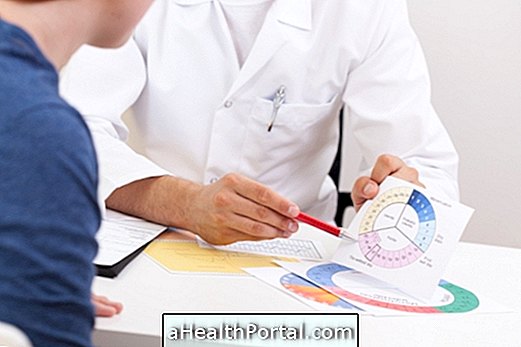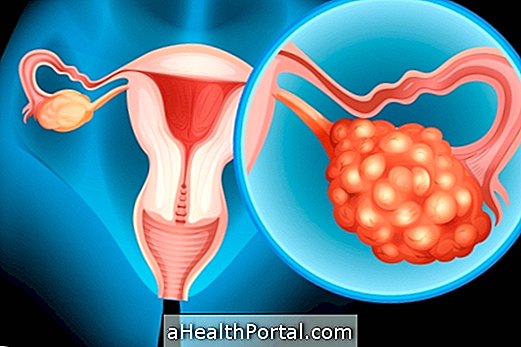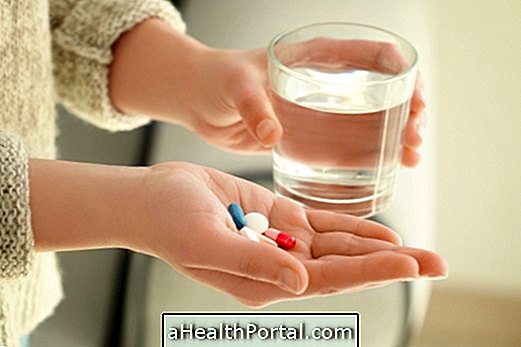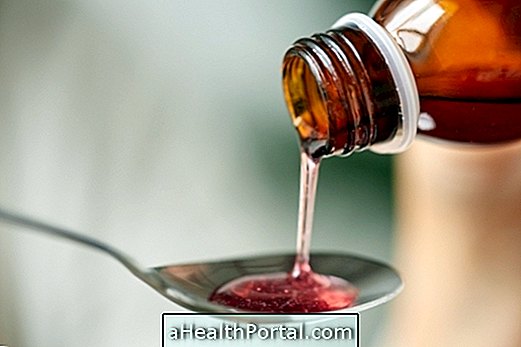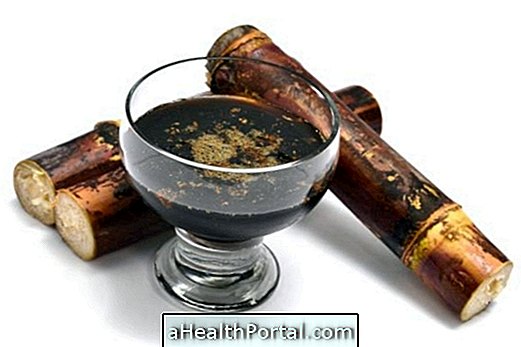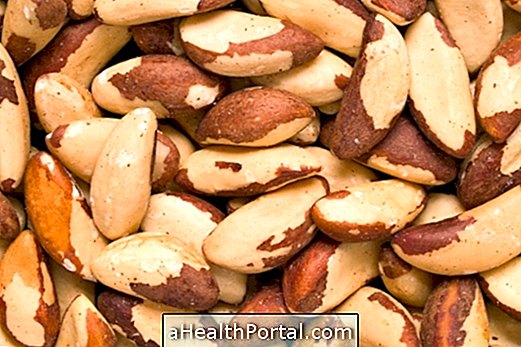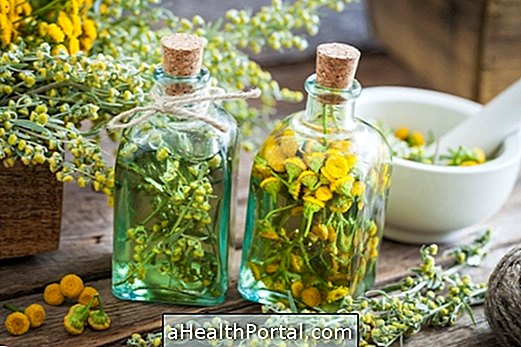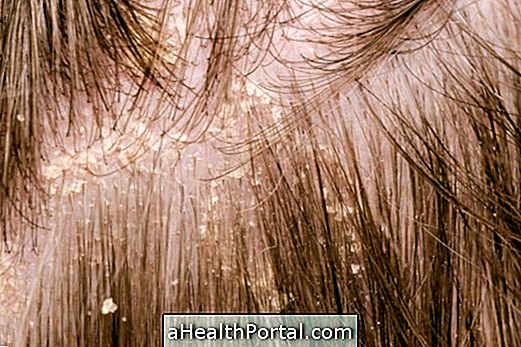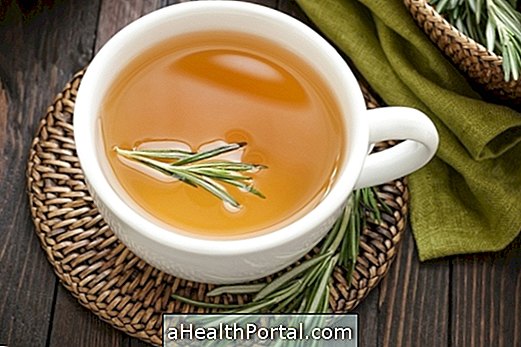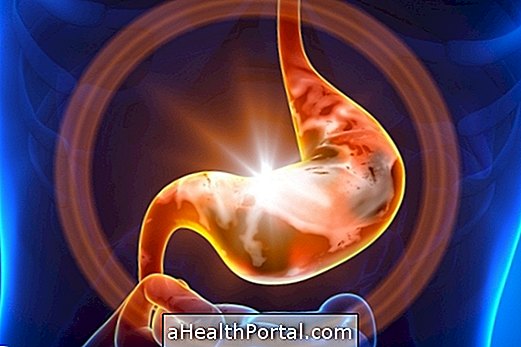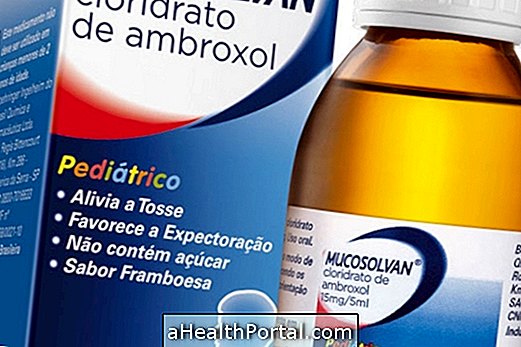Generally, treatment for bacterial vaginosis is done with antibiotics that can be administered orally or applied directly into the vagina. In addition, there are also home remedies that can help relieve symptoms and preventative measures to prevent relapse.
The most commonly used remedies for bacterial vaginosis are:
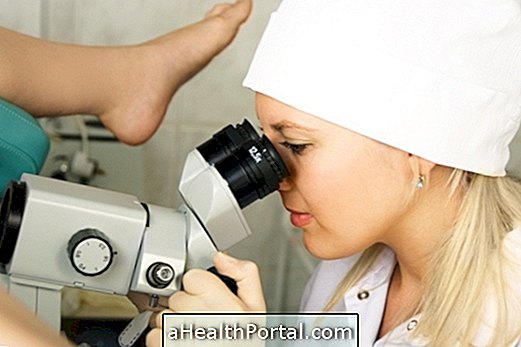
- Metronidazole tablets or vaginal cream, the recommended dose of which is 2g in a single dose or 400-500mg twice daily for 7 days in the case of tablets and for about 10-20 days in the evening case of vaginal cream;
- Clindamycin tablets or vaginal cream, whose recommended dose ranges from 600 to 1800 mg, divided into equal doses throughout the day, over a period of time determined by the doctor. In the case of the cream, it should be applied once at night for about 3 to 7 days;
- Tinidazole tablets, the recommended dose of which is usually 2g in a single dose.
Treatment for bacterial vaginosis should be done until the end, even if symptoms such as foul smelling discharge and itching in the vagina, diminish or disappear, as untreated vaginosis can cause pelvic inflammatory disease or increase the risk of developing an illness sexually transmissible as chlamydia. See more about this disease.
Home Remedies
A great natural treatment for bacterial vaginosis is grapefruit tea due to its antibacterial and antiseptic action. To make the tea just boil 30 grams of grapefruit leaves in 500 ml of water for about 15 minutes, strain and drink up to 3 cups of tea per day. This treatment should not be done in pregnant women, since ursine is contraindicated in pregnancy.
In addition, Melaleuca oil, which has antibacterial properties, may also be used. This oil should be diluted in another oil to avoid irritating the skin and mucosa, such as almond oil for example, and can be used by immersing a plug in this mixture and applying it to the vagina for about one hour, 3 to 4 times per day. The tampon should not be placed more than one hour in the vagina, because it can cause irritation.
Another tip is to increase the consumption of yogurts because they contain probiotics, which are the good bacteria that prevent the invasion by the bad bacteria.
Treatment during pregnancy
Although it has some side effects, the treatment of bacterial vaginosis in pregnancy should also be done with antibiotics as long as guided by the obstetrician accompanying the pregnancy.
It is very important to do the treatment correctly, because bacterial vaginosis in pregnancy when untreated, can lead to premature delivery or the baby can be born with low weight.
Care during treatment
During treatment for bacterial vaginosis, it is recommended to take some precautions such as:
- Use condoms in all relationships;
- Avoid showers and bubble baths in the tub;
- Avoid using scented soaps;
- Wash the intimate region with soap and water or intimate soap with neutral pH;
- Avoid doing vaginal showers;
- Wear cotton panties.
These care should also be maintained after treatment to prevent recurrence of bacterial vaginosis.
Signs of improvement in bacterial vaginosis are related to the performance of the treatment and generally include the disappearance of foul-smelling yellow or green discharge and the decrease in vaginal itching.
Signs of worsening of bacterial vaginosis usually arise when treatment is not done or is performed incorrectly and include increased foul-smelling and green or yellow vaginal discharge, increased vaginal itching, and painful urination. See more symptoms.
